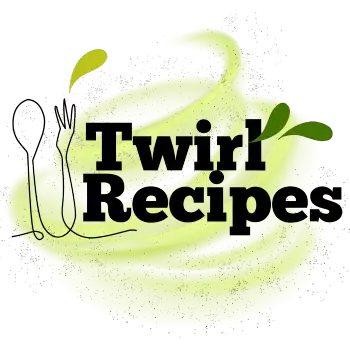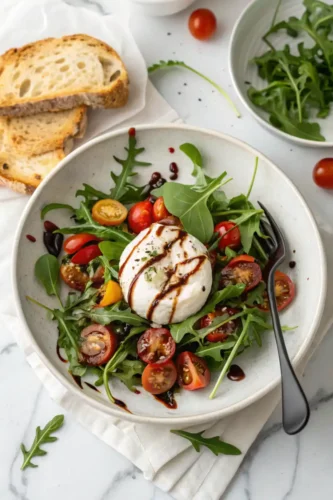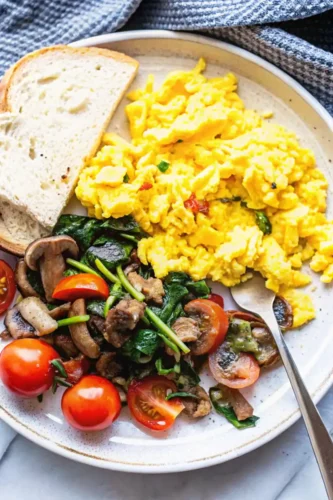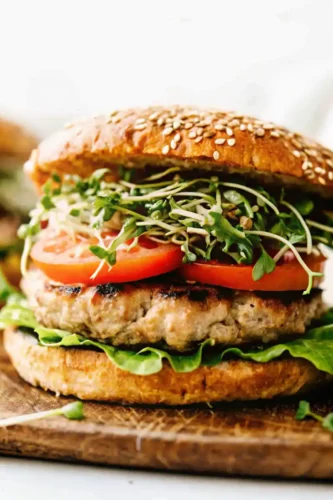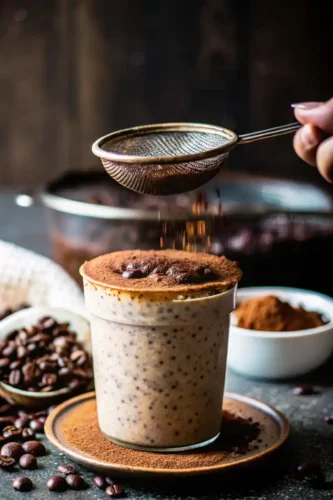Buttercup squash, a beloved member of the winter squash family, often steals the show in hearty recipes and seasonal dishes. Its sweet, nutty flavor, paired with its dense and creamy texture, makes it a go-to ingredient for both savory and sweet recipes. Whether you’re a curious cook, a gardening enthusiast, or simply someone who enjoys healthy and delicious meals, this guide will teach you everything about buttercup squash. From selecting and storing it to cooking it in various ways, let’s dive into the wonderful world of buttercup squash!
JUMP TO
What is Buttercup Squash?
Buttercup squash is a small, green-skinned winter squash with a distinct round shape and a flattened bottom. Typically weighing 2 to 4 pounds, this squash features a hard rind that protects its vibrant orange flesh. The flesh itself is packed with nutrients, including beta-carotene, fiber, and vitamin C, which makes it not just tasty but incredibly nutritious.
What sets buttercup squash apart from its cousins, like butternut or acorn squash, is its rich, earthy flavor with a hint of sweetness. It’s a versatile ingredient that shines in soups, stews, casseroles, and even desserts. Wondering what buttercup squash looks like? Picture a squat, pumpkin-like vegetable with ridged, dark green skin and sometimes a gray “button” on the blossom end.

Health Benefits of Buttercup Squash
Packed with nutrients, buttercup squash is a powerhouse of health benefits. It’s low in calories yet high in essential vitamins, making it a perfect ingredient for those aiming for a balanced diet. Not only does it provide antioxidants, but its high fiber content supports digestion and helps maintain stable blood sugar levels. Plus, the natural sweetness of this squash can curb your sugar cravings in a healthier way.
Key Benefits for Your Health
- Rich in Vitamins and Minerals: Buttercup squash is loaded with vitamin A (from beta-carotene), which is essential for healthy eyes and skin. It also contains vitamin C, potassium, and magnesium.
- Great for Digestion: Thanks to its high fiber content, buttercup squash promotes a healthy gut. Whether eaten roasted, pureed, or baked, it helps maintain a smooth digestive process.
- Boosts Immunity: Its combination of vitamins and antioxidants can give your immune system the support it needs, especially during colder months.
By incorporating buttercup squash recipes into your meal plan, you’re not just adding flavor but a wealth of health benefits, too.
Tips for Picking the Best Squash
Choosing the best buttercup squash can make all the difference in your cooking. When you’re at the store or farmer’s market, look for squash that feels heavy for its size—this is a good indicator of a dense, flavorful interior. The skin should be dark green, firm, and free of soft spots or cracks. A dull rind, rather than a shiny one, typically means the squash is fully mature and packed with flavor.
Avoid squash with moldy stems, and if possible, pick one with a small, well-attached stem. The “button” on the bottom of the squash should be dry and firm, not mushy or damaged. These tips will ensure you end up with a high-quality squash that’s ready to shine in your favorite buttercup squash recipes.
Keeping Buttercup Squash Fresh for Longer
Storing buttercup squash properly is essential to maintain its flavor and texture. Since it’s a winter squash, it can last for several weeks if stored in the right conditions. Keep it in a cool, dry, and well-ventilated space, such as a pantry or basement. Temperatures between 50°F and 60°F are ideal.
If you’ve already cut into the squash, wrap the remaining pieces tightly in plastic wrap or place them in an airtight container. Store these in the refrigerator and aim to use them within a week to ensure the best flavor and texture.
For extended storage, consider freezing buttercup squash. Simply peel, cube, and blanch the squash before freezing it in airtight bags. When stored this way, it can last for months and is perfect for quick and easy additions to soups, stews, or roasted veggie medleys.
How to Prep Buttercup Squash
Getting this winter squash ready may seem challenging at first, but with a few tips, it becomes simple. Begin by thoroughly rinsing the squash under running water to clean off any dirt or debris. Pat it dry with a towel.
Since the rind is quite firm, you’ll need a sharp, sturdy knife. To make slicing easier, pierce the skin with the knife and microwave the squash for a minute or two to soften it slightly. Once softened, cut off the stem and bottom to create flat surfaces. Halve the squash lengthwise and use a spoon to scoop out the seeds. Depending on your recipe, you can cut it into wedges, cubes, or leave it halved for baking.
To peel the squash, use a vegetable peeler or a paring knife to remove the tough skin. Keep in mind, some recipes don’t require peeling since the skin becomes tender during cooking.
How to Cook Buttercup Squash
Buttercup squash is incredibly versatile, lending itself to various cooking methods that enhance its natural sweetness. Here are five easy techniques to try:
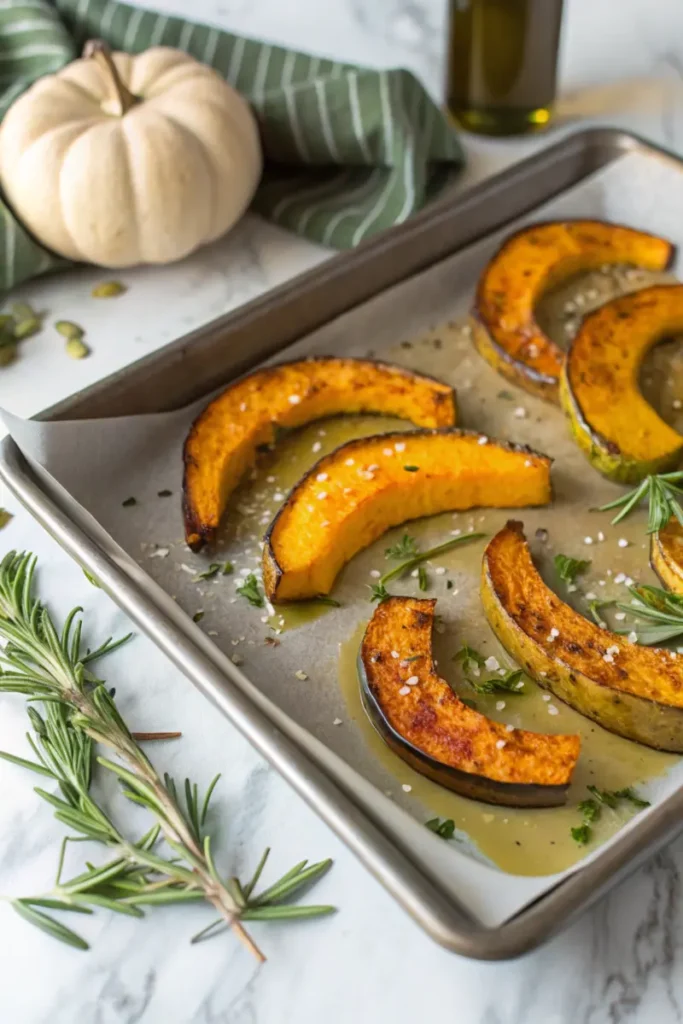
Roasting:
Roasting buttercup squash brings out its caramelized sweetness and creates a slightly crispy texture. To roast, preheat your oven to 400°F (200°C). Toss squash cubes or wedges with olive oil, salt, and your favorite seasonings (like rosemary or cinnamon). Spread the pieces on a baking sheet and roast for 25-30 minutes, flipping halfway through.Tip: If you’re looking for instructions on how to roast a buttercup squash whole, simply prick the skin a few times and bake it at 375°F for about an hour.
Steaming:
Steaming is a great way to keep the squash tender and moist. Cut the squash into chunks and place them in a steamer basket over boiling water. Cover and steam for 15-20 minutes until soft. This method is ideal for pureeing or mashing.
Boiling:
For quick cooking, boiling is a handy option. Add peeled and cubed squash to a pot of salted boiling water. Cook for 10-15 minutes or until tender, then drain well. Boiled squash works beautifully in soups or mashed as a side dish.
Sautéing:
Slice the squash into thin pieces and sauté them in a skillet with olive oil, garlic, and herbs. This method is perfect for adding a buttery texture to stir-fries or pasta dishes.
Baking Whole:
Baking a whole buttercup squash is as simple as it gets. Place the unpeeled squash on a baking sheet, prick it a few times, and bake at 375°F for 60-70 minutes. Once cooked, slice it open, scoop out the seeds, and enjoy the creamy flesh with your favorite toppings.
Perfect Pairings
Buttercup squash has a rich, sweet flavor that pairs beautifully with both savory and sweet ingredients. For a savory twist, combine it with garlic, thyme, or sage. Craving a touch of sweetness? Maple syrup, cinnamon, or nutmeg complement the squash’s natural sugars. You can even mix it with grains like quinoa or wild rice for hearty, satisfying meals.
Looking for inspiration? Try experimenting with these squash buttercup recipes to create unforgettable dishes.
Cozy Buttercup Squash Soup
There’s nothing like a warm bowl of soup on a chilly day, and buttercup squash shines in this comforting recipe. Its creamy texture and natural sweetness make it a standout ingredient for soups.
Ingredients:
- 1 medium buttercup squash, peeled and cubed
- 1 tablespoon olive oil
- 1 onion, chopped
- 2 cloves garlic, minced
- 4 cups vegetable broth
- 1 cup coconut milk (or heavy cream for creamier texture)
- 1 teaspoon ground cinnamon
- ½ teaspoon ground nutmeg
- Salt and pepper to taste
Instructions:
- Preheat your oven to 400°F (200°C). Toss the squash cubes with olive oil, salt, and pepper, then spread them on a baking sheet. Roast for 25-30 minutes until tender and slightly caramelized.
- In a large pot, heat a tablespoon of olive oil over medium heat. Add the onion and garlic, sautéing until translucent.
- Add the roasted squash, vegetable broth, cinnamon, and nutmeg to the pot. Bring the mixture to a boil, then reduce the heat and let it simmer for 10 minutes.
- Use an immersion blender or transfer the soup to a blender to puree until smooth. Stir in the coconut milk and adjust the seasoning with salt and pepper.
- Serve warm, garnished with a drizzle of coconut milk or a sprinkle of cinnamon.

Roasted Buttercup Squash Salad
A vibrant salad that combines the sweetness of roasted squash with the freshness of greens and tangy dressing.
Ingredients:
- 1 medium buttercup squash, peeled, seeded, and cubed
- 2 tablespoons olive oil
- 1 teaspoon smoked paprika
- Salt and pepper to taste
- 6 cups mixed greens (spinach, arugula, kale)
- ½ cup crumbled feta cheese
- ¼ cup dried cranberries
- ¼ cup pumpkin seeds (toasted)
- 3 tablespoons balsamic vinaigrette
Instructions:
- Preheat your oven to 425°F (220°C). Toss the squash cubes with olive oil, smoked paprika, salt, and pepper. Spread on a baking sheet and roast for 25 minutes, flipping halfway through.
- In a large bowl, combine mixed greens, feta cheese, dried cranberries, and toasted pumpkin seeds.
- Once the squash is cool, add it to the salad. Drizzle with balsamic vinaigrette, toss gently, and serve immediately.
Stuffed Buttercup Squash Delight
Turn buttercup squash into a hearty meal with this stuffed squash recipe.
Ingredients:
- 2 small buttercup squash, halved and seeded
- 1 cup cooked quinoa
- 1 cup black beans (drained and rinsed)
- 1 cup diced tomatoes (canned or fresh)
- ½ cup shredded cheddar cheese
- 1 teaspoon chili powder
- ½ teaspoon cumin
- Salt and pepper to taste
- Chopped parsley for garnish
Instructions:
- Preheat your oven to 375°F (190°C). Place the squash halves cut-side down on a baking dish with ½ inch of water. Bake for 30 minutes or until tender.
- Meanwhile, mix cooked quinoa, black beans, diced tomatoes, chili powder, cumin, salt, and pepper in a bowl.
- Remove the squash from the oven, flip them cut-side up, and stuff with the quinoa mixture. Sprinkle shredded cheddar cheese on top.
- Return the stuffed squash to the oven and bake for an additional 15 minutes, or until the cheese is melted and bubbly.
- Garnish with chopped parsley and serve hot.
FAQs
How Do You Cut Buttercup Squash for Roasting?
Cutting buttercup squash for roasting is easier than you might think:
- Start by washing the squash to remove any dirt or debris.
- Microwave the squash for 1-2 minutes to soften the tough skin slightly, making it easier to cut.
- Use a sharp knife to slice off both the stem and the base for stability.
- Cut the squash in half lengthwise and scoop out the seeds with a spoon.
- Slice the squash into wedges or cubes, depending on your recipe. No need to peel the skin if you enjoy its texture after roasting!
Is There a Difference Between Butternut and Buttercup Squash?
Yes, these two squashes differ in several ways:
- Shape: Butternut squash has a long, pear-like shape, while buttercup squash is round and squat with a flat bottom.
- Taste: Buttercup squash has a richer, nuttier flavor compared to the mild sweetness of butternut squash.
- Texture: Buttercup squash is denser and creamier, whereas butternut squash has a slightly smoother texture.
- Skin: Butternut squash skin is thinner and easier to peel, while buttercup squash skin is thicker and harder.
Both are versatile and delicious in a variety of squash recipes.
Do I Have to Peel Buttercup Squash?
Not necessarily! When roasted, the skin of buttercup squash softens, making it perfectly edible in many dishes. However, if you prefer a smoother consistency or are planning to puree the squash, removing the skin with a vegetable peeler or paring knife is recommended. For recipes like soups or roasted dishes, leaving the skin on can save you time and add a nutritional boost.
